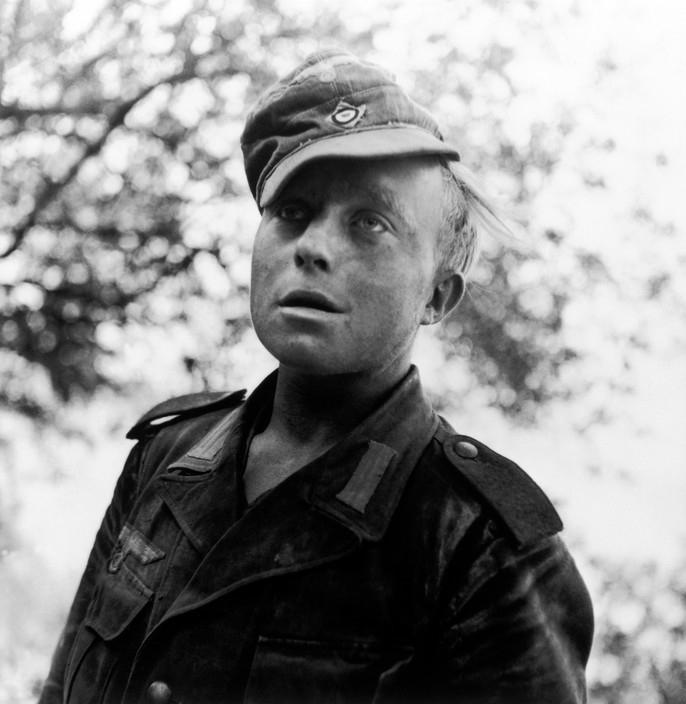G
Guest
Guest
Sure some of you will find this an interesting read, I know I did, enjoy.
https://www.dw.com/en/wwii-photographer-robert-capa-debunking-the-myth/a-54852196
https://www.dw.com/en/wwii-photographer-robert-capa-debunking-the-myth/a-54852196



